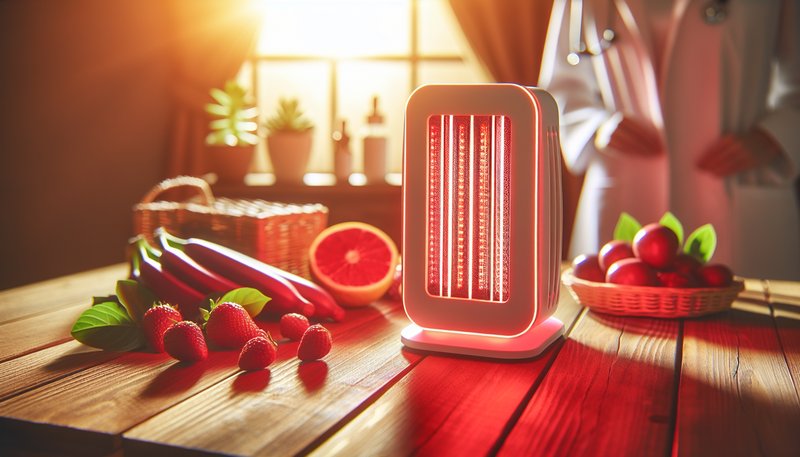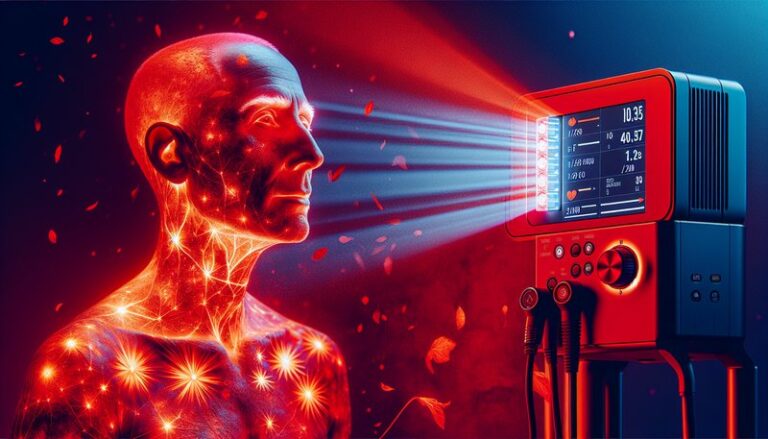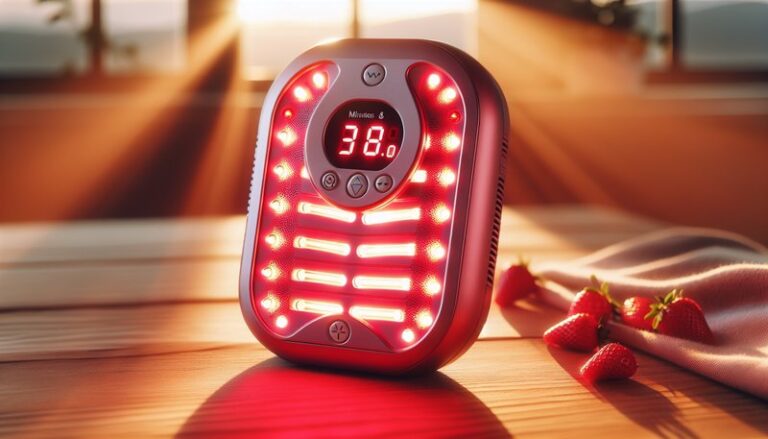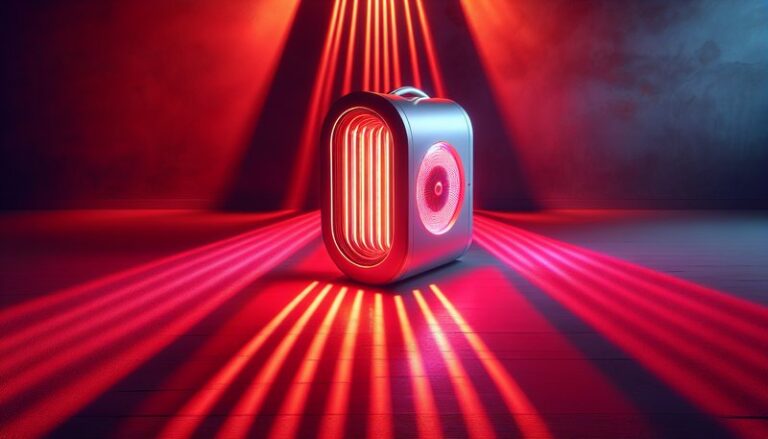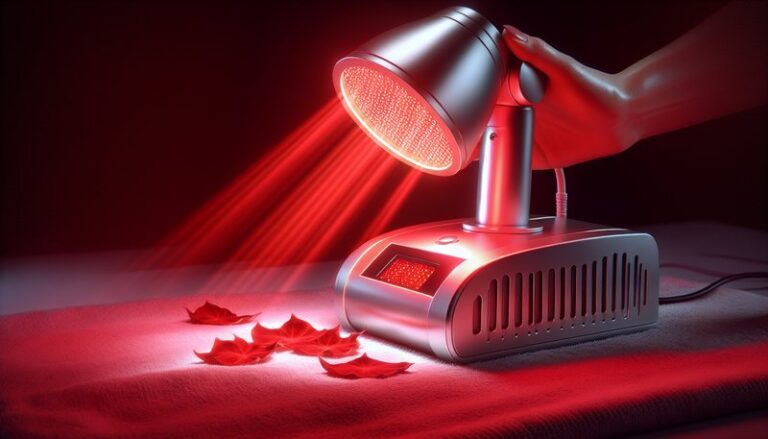What Can Red Light Therapy Treat?
Are you curious about the benefits of red light therapy and what conditions it can help address? This innovative treatment has gained popularity for its potential healing properties, but what exactly can it treat?
In this article, we will delve into the various conditions that red light therapy can help with, its benefits, alternatives, and important considerations for those thinking about trying it. Whether you’re looking to enhance skin health, recover from an injury, or explore other therapeutic effects, this guide will provide valuable insights.
Key Takeaways
- Red light therapy has been shown to aid in healing skin conditions, reducing inflammation, and relieving pain.
- It is a non-invasive treatment with minimal side effects, making it accessible for various users.
- Understanding individual conditions and consulting a professional is crucial for effective use.
What is Red Light Therapy?
Red light therapy (RLT) is a treatment that utilizes low-level wavelengths of red light to stimulate various biological processes in the body. Often performed with specialized devices, it works at a cellular level to enhance energy production, improve circulation, and promote healing.
Initially developed for use in dermatology, RLT has expanded into various fields including physical therapy, sports medicine, and wellness. It leverages the body’s natural healing abilities, making it an appealing alternative or complement to traditional medical treatments.
See why in Does At-Home Red Light Therapy Work?
Mechanism of Action
Red light penetrates the skin, reaching the mitochondria in cells, which are responsible for energy production. This process increases ATP (adenosine triphosphate) production, leading to improved cell function and accelerated healing.
Find out in FDA Approved Red Light Therapy
What are the Benefits of Red Light Therapy?
Red light therapy offers a range of benefits for different applications. Below we explore some of the primary advantages of RLT.
Enhanced Skin Health
RLT is known for its effectiveness in improving skin conditions such as acne, rosacea, and psoriasis. Studies indicate that it can boost collagen production, leading to healthier, more youthful skin.
Pain Relief and Recovery
Athletes and individuals recovering from injuries have turned to red light therapy for pain management. It has been shown to reduce pain and inflammation, aiding in faster recovery times and enhancing performance.
Improved Wound Healing
Research has demonstrated that RLT can accelerate wound healing, making it beneficial for post-surgery recovery and injury repair. By stimulating fibroblast proliferation, it aids tissue repair and regeneration.
Enhanced Mood and Sleep
Some users report improvements in mood and sleep quality after consistent red light therapy. This may be attributed to the therapy’s potential effects on melatonin production and overall circadian rhythms.
Is it Possible to Use Red Light Therapy at Home?
Many devices for home use are now available, making it feasible to incorporate red light therapy into a personal health routine. However, it’s important to ensure that the device is of high quality and emits the correct wavelengths for effective treatment.
What are the Advantages of Home Use?
Using red light therapy at home offers several advantages:
- Convenience: You can easily fit sessions into your schedule without the need for appointments.
- Cost-effectiveness: Investing in a home device may save money on professional treatments in the long run.
- Privacy: Many individuals prefer the comfort and privacy of their own home when undergoing treatments.
What are the Disadvantages of Home Use?
Despite its advantages, there are potential drawbacks to consider when using red light therapy at home:
- Device Quality: Not all devices are created equal; some may not deliver effective wavelengths or intensities.
- Lack of Professional Guidance: Without a therapist’s advice, proper usage and treatment times may be challenging.
- Possible Overuse: Users may be tempted to overuse devices, leading to diminished returns or skin sensitivity.
What are the Things to Consider Before Using Red Light Therapy?
Before beginning red light therapy, it’s important to assess various factors to ensure safe and effective treatment.
Consultation with a Professional
Always consult with a healthcare professional before starting red light therapy, especially if you have underlying health conditions or concerns.
Understanding Your Condition
Have a clear understanding of the specific condition you want to treat. This helps you gauge the effectiveness of RLT for your needs and set realistic expectations.
Device Selection
When selecting a device, consider factors such as power output, wavelength specification, and the reputation of the manufacturer. High-quality devices yield better results and safety assurances.
What are the Alternatives to Red Light Therapy?
If you’re exploring options, several alternatives to red light therapy exist, each with its own benefits.
Cold Laser Therapy
Also known as low-level laser therapy (LLLT), this technique uses low-level lasers to alleviate pain and promote healing, similar to red light therapy but with different light wavelengths.
Microdermabrasion
For skin concerns, microdermabrasion offers a non-invasive approach to exfoliate the skin, promoting new cell growth and improving skin texture.
Chemical Peels
Chemical peels utilize acids to remove the damaged outer layer of skin, revealing healthier skin beneath. This is particularly effective for acne-prone skin.
Conclusion: Is it Recommended to Use Red Light Therapy?
Overall, red light therapy is a promising treatment option for a variety of conditions, including skin health, pain relief, and wound healing. When combined with professional guidance and appropriate considerations, it can be a valuable addition to your wellness toolkit. However, it’s vital to consult with healthcare providers and choose quality devices for optimal results.
Frequently Asked Questions
Is red light therapy safe for all skin types?
Yes, red light therapy is generally considered safe for all skin types. However, those with specific skin conditions should consult a healthcare professional first.
How often should I use red light therapy?
Depending on your condition and device recommendations, sessions can range from 2 to 5 times a week. Always refer to specific device guidelines.
What should I expect during a session?
Most users experience a warm or slight tingling sensation during the treatment. The sessions are typically painless and last anywhere from 5 to 30 minutes.
Can red light therapy help with hair growth?
Yes, there is some evidence to suggest that red light therapy can stimulate hair growth and is being investigated as a treatment for conditions like androgenetic alopecia.
Are there any side effects associated with red light therapy?
Red light therapy is generally well tolerated, but some may experience mild redness or irritation post-treatment. If symptoms persist, it’s best to discontinue use and consult a professional.
